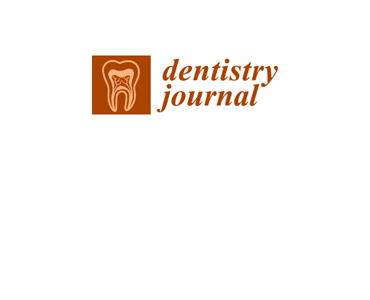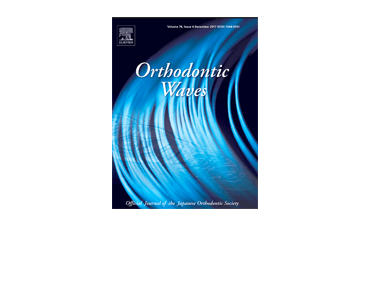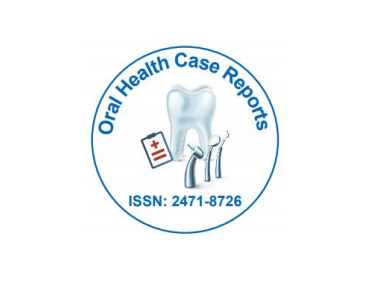A Morphometric Assessment of the Influence of EGCG on Down Syndrome Facial Morphology. J Cintron, M Dierssen, R Gonzalez, J Sharpe, N Martinez-Abadias, J Starbuck.
Date: April 2019. Source: The FASEB Journal, Vol 33, No. 1_supplement. Abstract: Down syndrome (DS) is a genetic birth defect that results from Trisomy 21, which causes an overexpression of human chromosome 21 (HSA21) genes. Overexpressed HSA21 genes disturb development by altering morphogenesis and growth, resulting in cognitive impairment, characteristic facial morphology, and many other…










